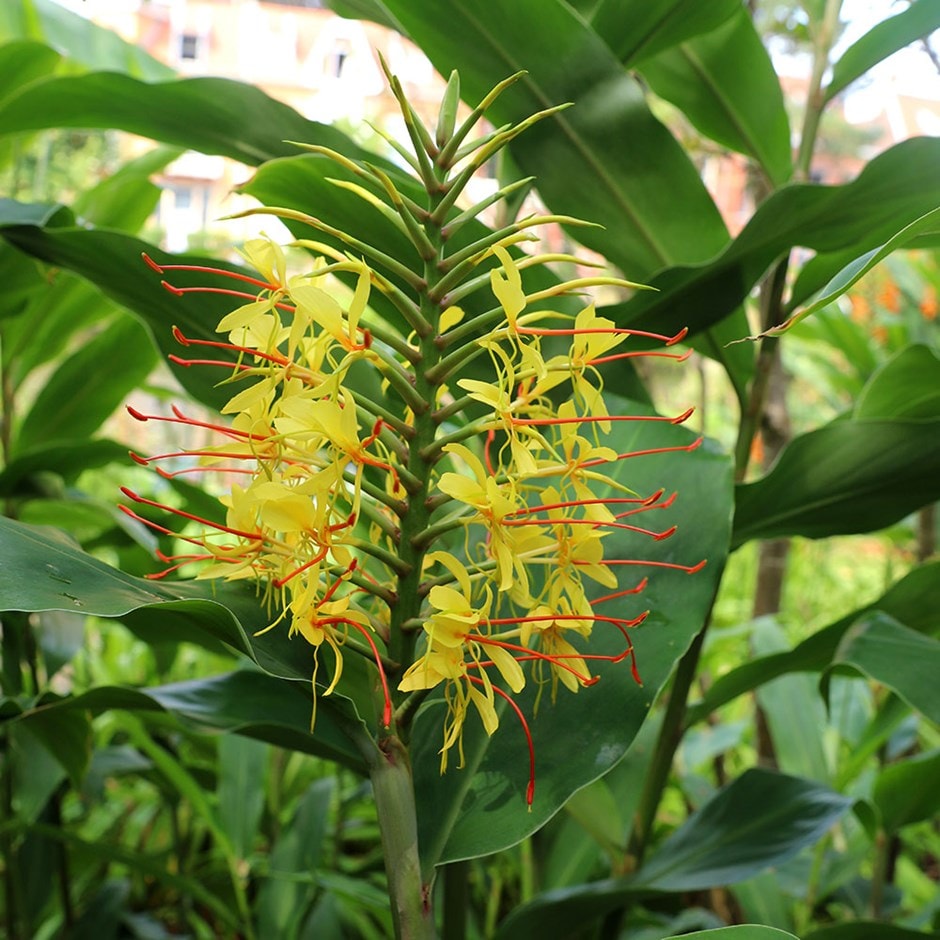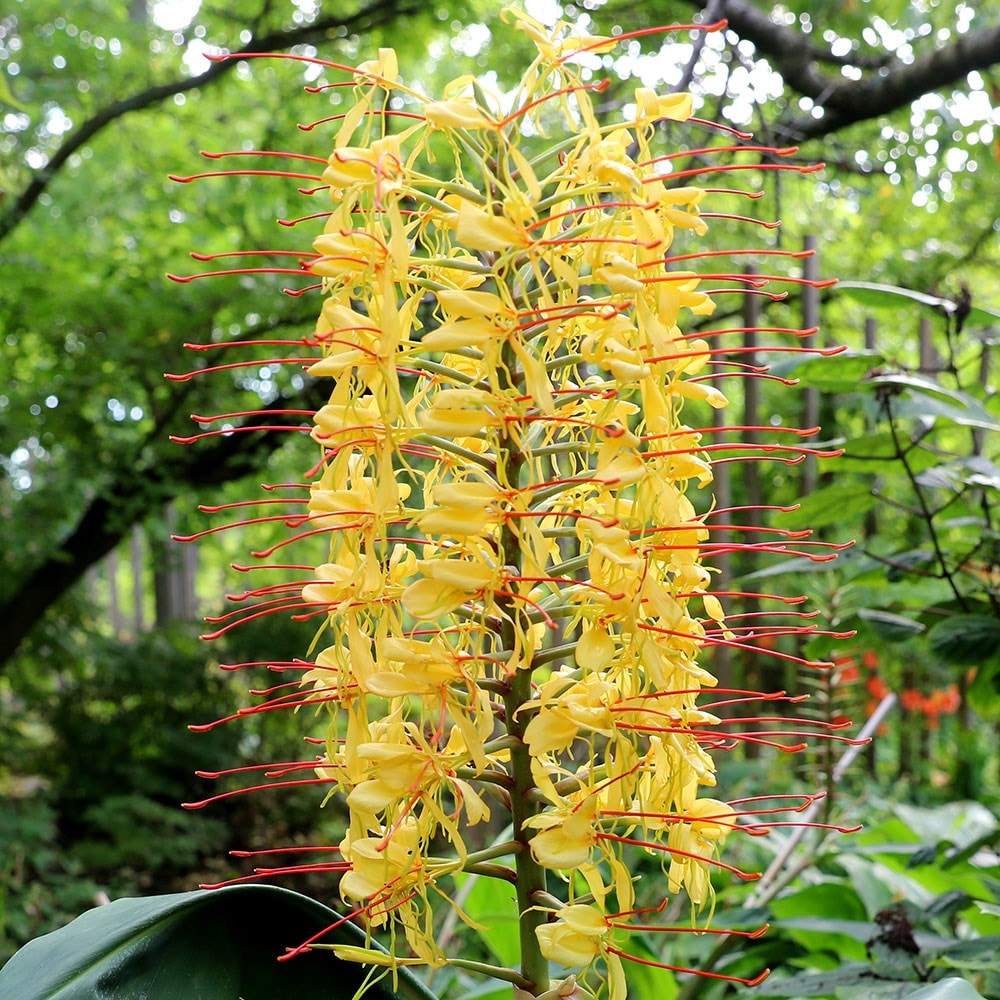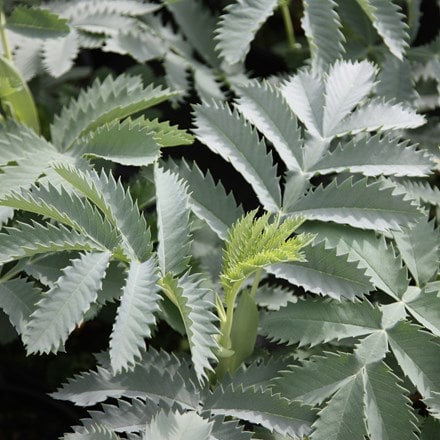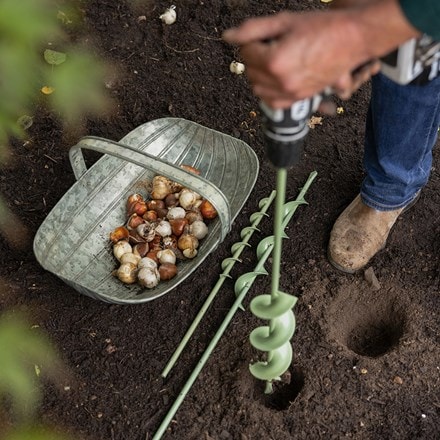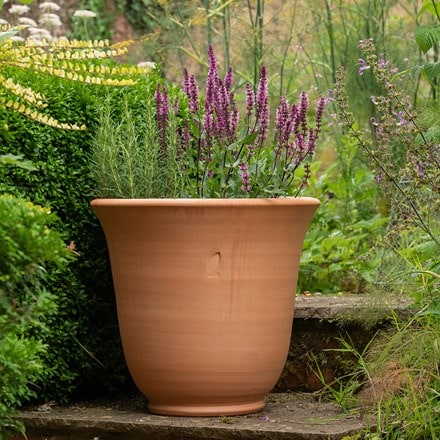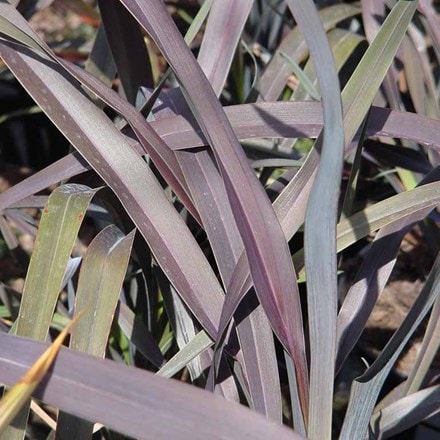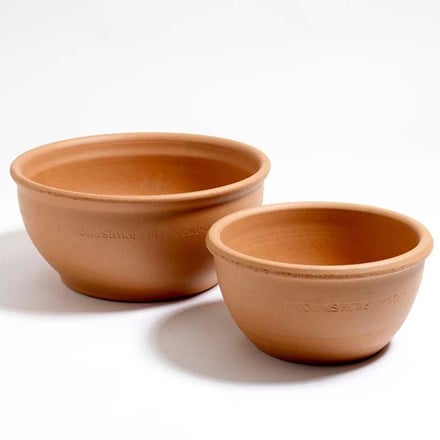Hedychium gardnerianum
Kahili ginger lily
- 1 × tuber
- £8.99
- Delivered by mid-March
- 3 × tubers
- £24.00 £8.00 each
- Delivered by mid-March
Delivery options
- Bulbs (only) £4.99
- Position: full sun or partial shade
- Soil: moderately fertile, moist, well-drained soil, or loam-based compost for containers
- Rate of growth: average
- Flowering period: August to October
- Hardiness: frost hardy (may need winter protection)
Originating from the Himalayas, Hedychium gardnerianum is probably one of the hardiest forms. The foliage is dramatic and architectural and can grow up to 40cm (15in) long, so it looks great in borders with a tropical theme. The flowers however are the crowning glory. In late summer to early autumn dense spikes of sweetly scented yellow flowers, each with protruding red stamens, top the leafy stems.
Given plenty of space, this is a glamorous and spectacular plant to bring an exotic look to your garden.
Given plenty of space, this is a glamorous and spectacular plant to bring an exotic look to your garden.
Plant the rhizomes into pots using a good soil-based compost such as John Innes No. 2. The rhizome should be placed horizontally just below the surface of the soil with the small reddish coloured buds facing upwards. Water well and then grow on under glass until all risk of frost has passed.
Alternatively, store the rhizomes in a cool, frost-free place (such as a garage, shed or unheated porch) until they can be planted straight out in the garden. Keep well watered during the summer, but dry during winter. The rhizomes should be covered in the autumn with a deep, dry mulch, or brought inside and kept in a frost free spot until the spring when they can be planted outside again.
Alternatively, store the rhizomes in a cool, frost-free place (such as a garage, shed or unheated porch) until they can be planted straight out in the garden. Keep well watered during the summer, but dry during winter. The rhizomes should be covered in the autumn with a deep, dry mulch, or brought inside and kept in a frost free spot until the spring when they can be planted outside again.
- Humans/Pets: Ornamental bulbs - not to be eaten
